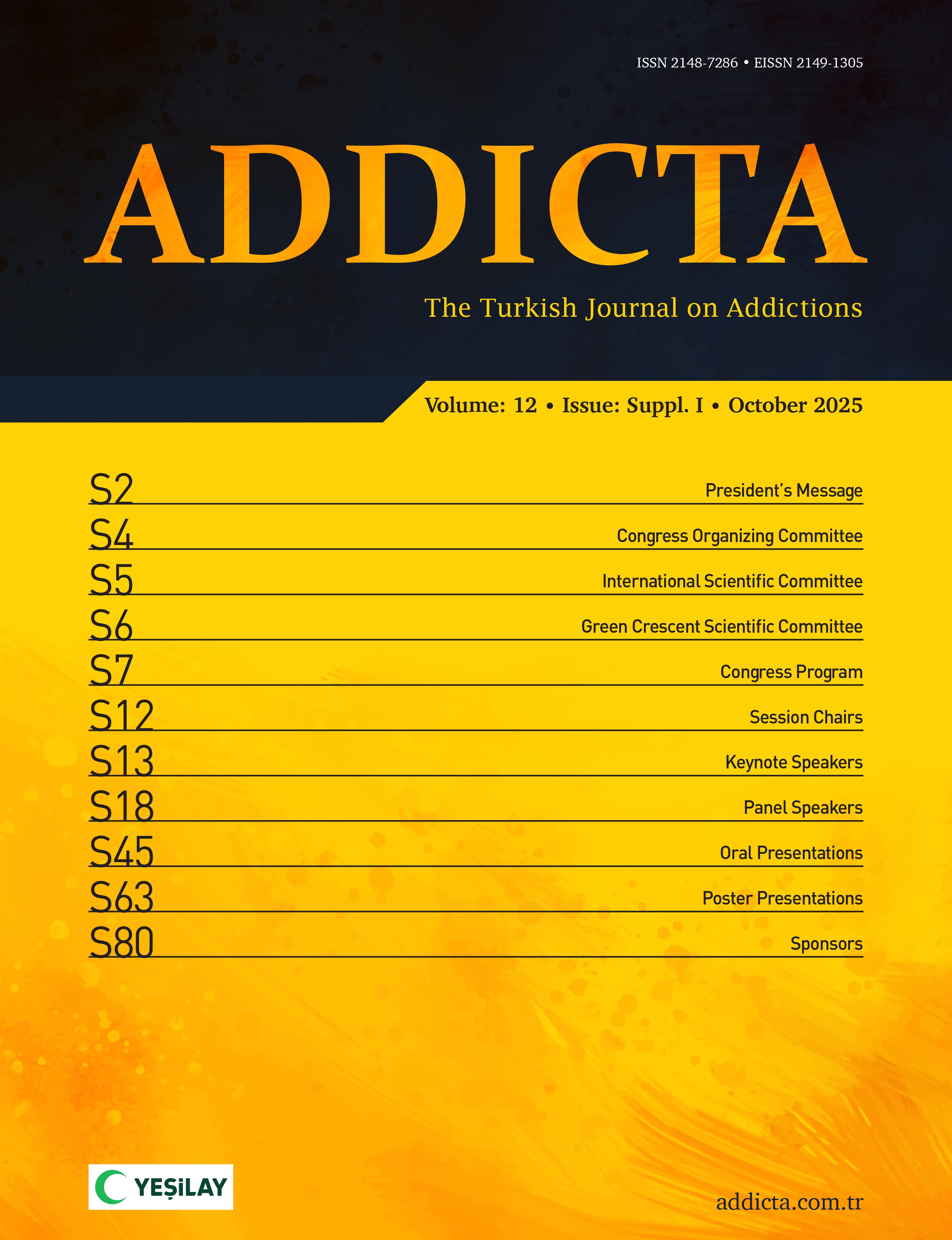Research conducted over many years suggests that the process leading to the use of illegal substances and addiction often starts with tobacco use. This process, which progresses from tobacco use to marijuana use and further to the use of other substances, is explained by the “gateway hypothesis,” where tobacco and tobacco products are considered as gateway substances that lead to illegal substance use. Especially, the increasing use of hookah and e-cigarettes is noted to pose a significant risk for transitioning from smoking to illegal substances like marijuana. Weak perceptions of harm associated with smoking and marijuana use, particularly among teenagers, can lead to an increase in the use of these substances. Experiencing the expected negative side effects of the substances can further reduce the perceived harm and encourage teenagers to try other illegal substances. Therefore, raising awareness of the negative effects of tobacco and tobacco products on health and developing preventive programs against new-generation nicotine products is of great importance. Implementing legal regulations that restrict access to tobacco and tobacco products, especially during early adolescence, is also considered beneficial in preventing substance addiction development. In this review article, the effects of tobacco and tobacco product use, studies, psychosocial and neurobiological explanations, and the relationship between tobacco product use and substance use are mentioned.
Cite this article as: Noyan, C.O., Dilbaz, N., & Şişman Ünlü, C. (2023). Use of tobacco products as a substance addiction entry tool. Addicta: The Turkish Journal on Addictions, 10(3), 217-221.

.png)


.png)
.png)